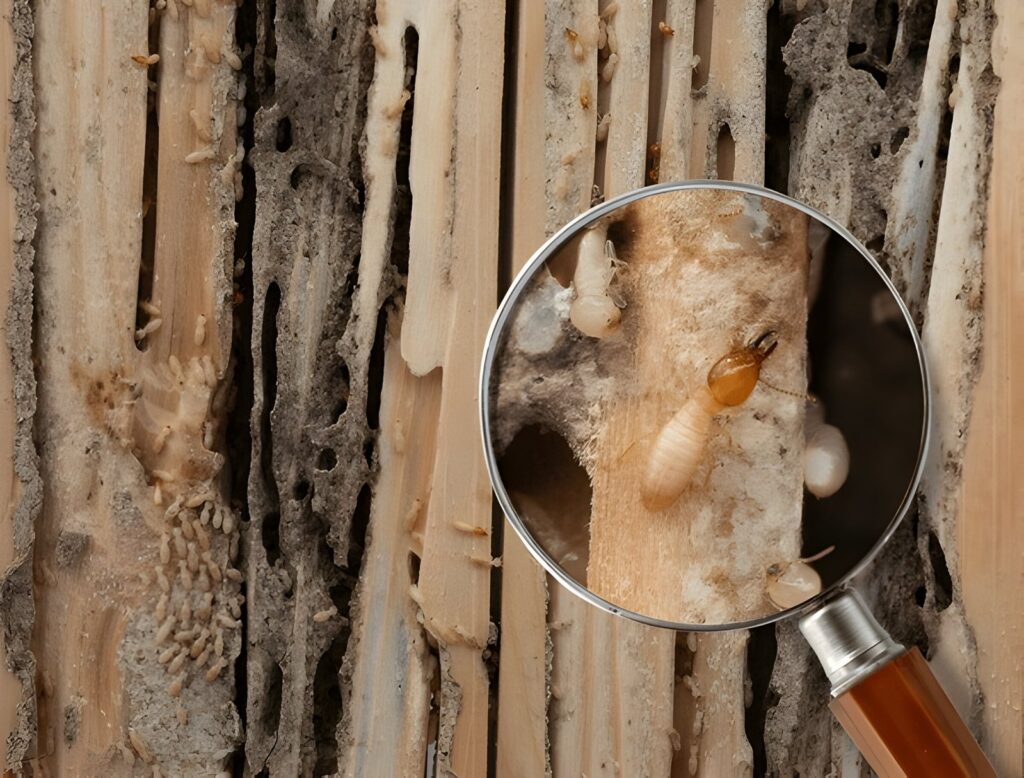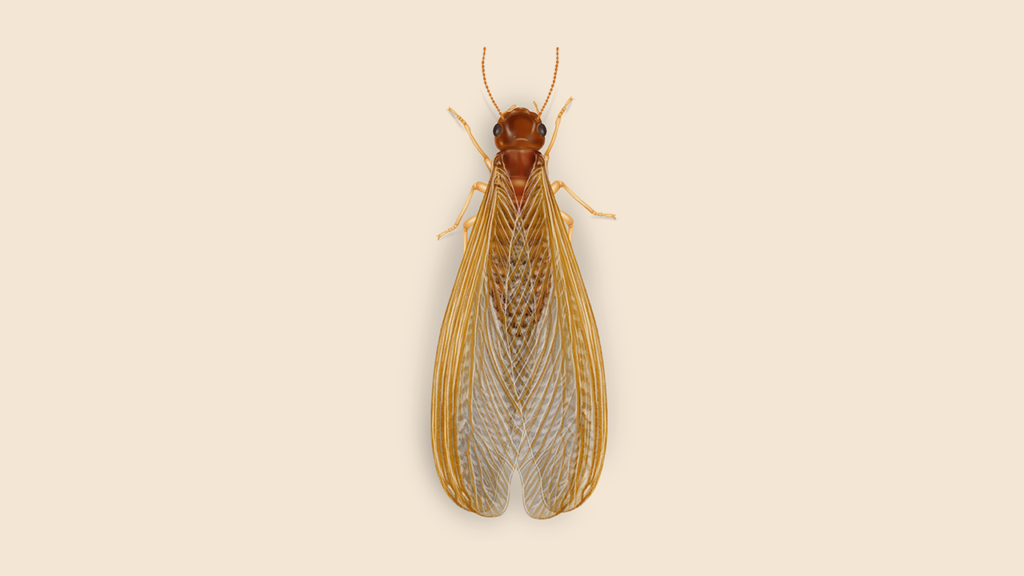Drywood termites are a common pest in Singapore, known for their ability to cause significant damage to wooden structures. Unlike their subterranean counterparts, drywood termites do not require contact with soil, making them a unique threat. One of the telltale signs of a drywood termite infestation is the presence of drywood termite droppings, also known as frass. In this article, we will explore what drywood termite droppings are, how to identify them, and why they matter.

What Are Drywood Termite Droppings?
Drywood termite droppings are tiny, pellet-like waste that these termites expel as they consume wood. As drywood termites tunnel through wooden structures, they create galleries, and the byproduct of their feeding is frass. These droppings are often pushed out of the infested wood through small kick-out holes, accumulating nearby. Unlike other pests, drywood termites do not use their droppings to build tunnels or nests, making the presence of frass a clear indicator of their activity.

How to Identify Drywood Termite Droppings
Identifying drywood termite droppings is crucial for early detection of an infestation. Here are some characteristics to help you spot them:
- Size and Shape: Drywood termite droppings are small, about 1 millimeter in length, and have a hexagonal shape. They look like tiny, smooth pellets or grains of sand.
- Color: The color of the droppings can vary, typically matching the color of the wood the termites are consuming. It can range from light tan to dark brown, depending on the type of wood.
- Location: Look for small piles of frass near wooden structures, windowsills, and baseboards. These droppings often collect in areas below kick-out holes or near the base of infested furniture.
Why Drywood Termite Droppings Matter
The presence of drywood termite droppings is a clear sign that termites have invaded your property. Unlike other signs, such as damaged wood or discarded wings, frass is unique to drywood termites, making it a reliable indicator of their presence. Ignoring these droppings can lead to severe damage over time, as the termites will continue to feed on the wooden structure until treated.

What to Do If You Find Drywood Termite Droppings
If you suspect an infestation due to the presence of drywood termite droppings, it is essential to take swift action:
- Inspect: Look for additional signs of termite activity, such as kick-out holes, hollow-sounding wood, or visible tunnels.
- Contact a Specialist: Given the complexity of drywood termite infestations, it is best to consult a professional pest control company that specializes in drywood termites. They can accurately assess the extent of the problem and recommend the most effective treatment.
- Choose the Right Treatment: Common treatments for drywood termites include localized spot treatments, fumigation, and heat treatment. A pest control specialist can guide you on the best approach based on the severity of the infestation.
Preventing Drywood Termite Infestations
To minimize the risk of a drywood termite problem in your home, consider the following preventive measures:
- Regular Inspections: Schedule annual inspections with a pest control specialist to catch any early signs of infestation.
- Proper Ventilation: Ensure proper airflow in attics, basements, and other wooden areas to reduce humidity levels, as drywood termites prefer moist environments.
- Seal Cracks: Use sealants to close off any small gaps or cracks in the wood, preventing termites from entering.
Conclusion
Spotting drywood termite droppings early can save you time, money, and the headache of extensive repairs. Being vigilant about these signs and consulting with a drywood termite specialist can help keep your property safe. Remember, if you notice any suspicious pellet-like droppings in or around your wooden structures, don’t hesitate to contact a professional pest control company to protect your home from further damage.


